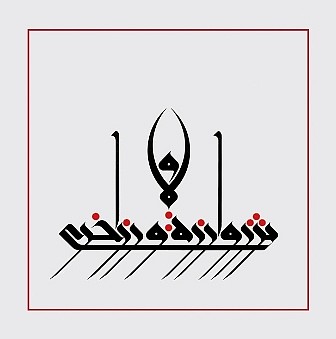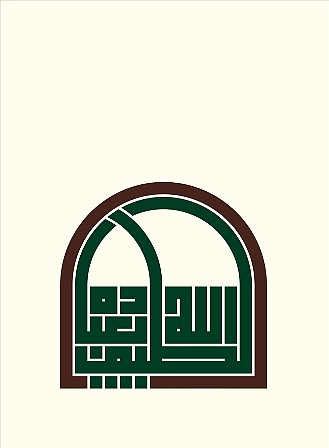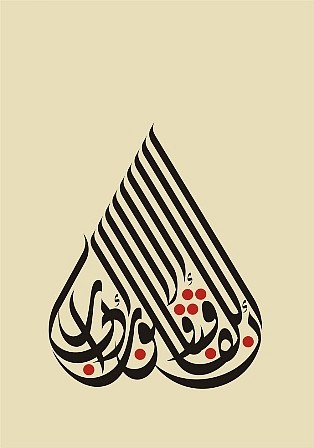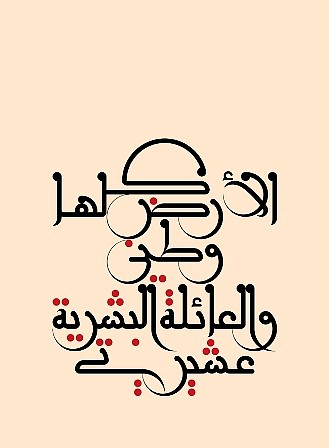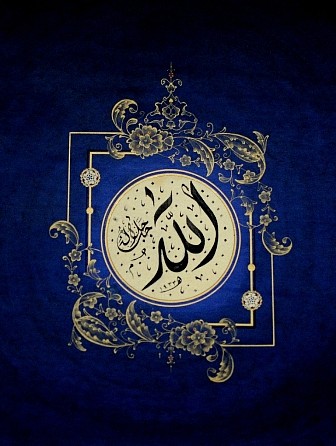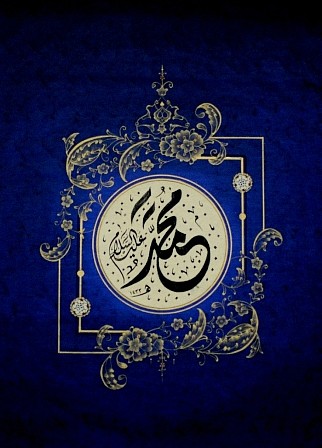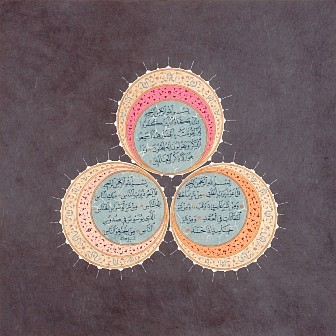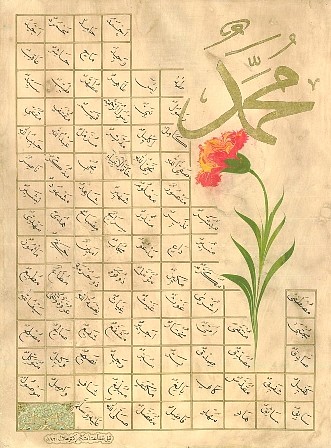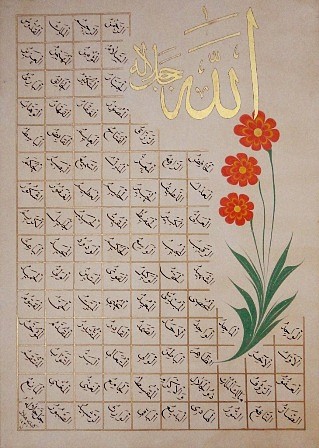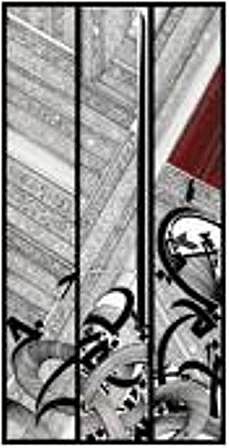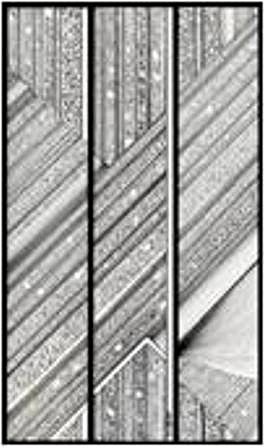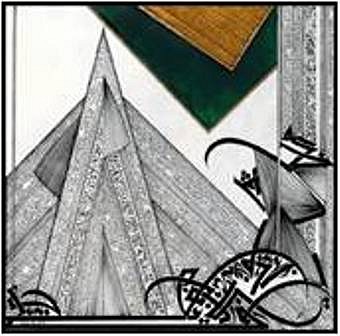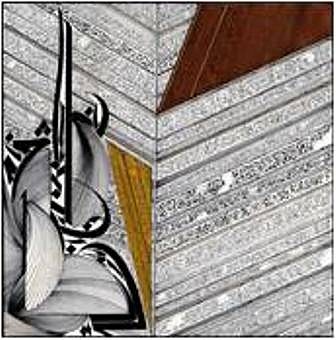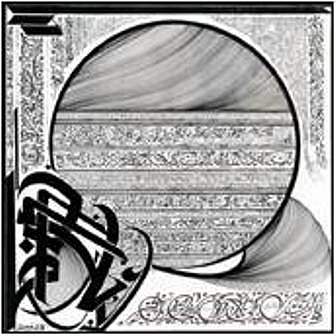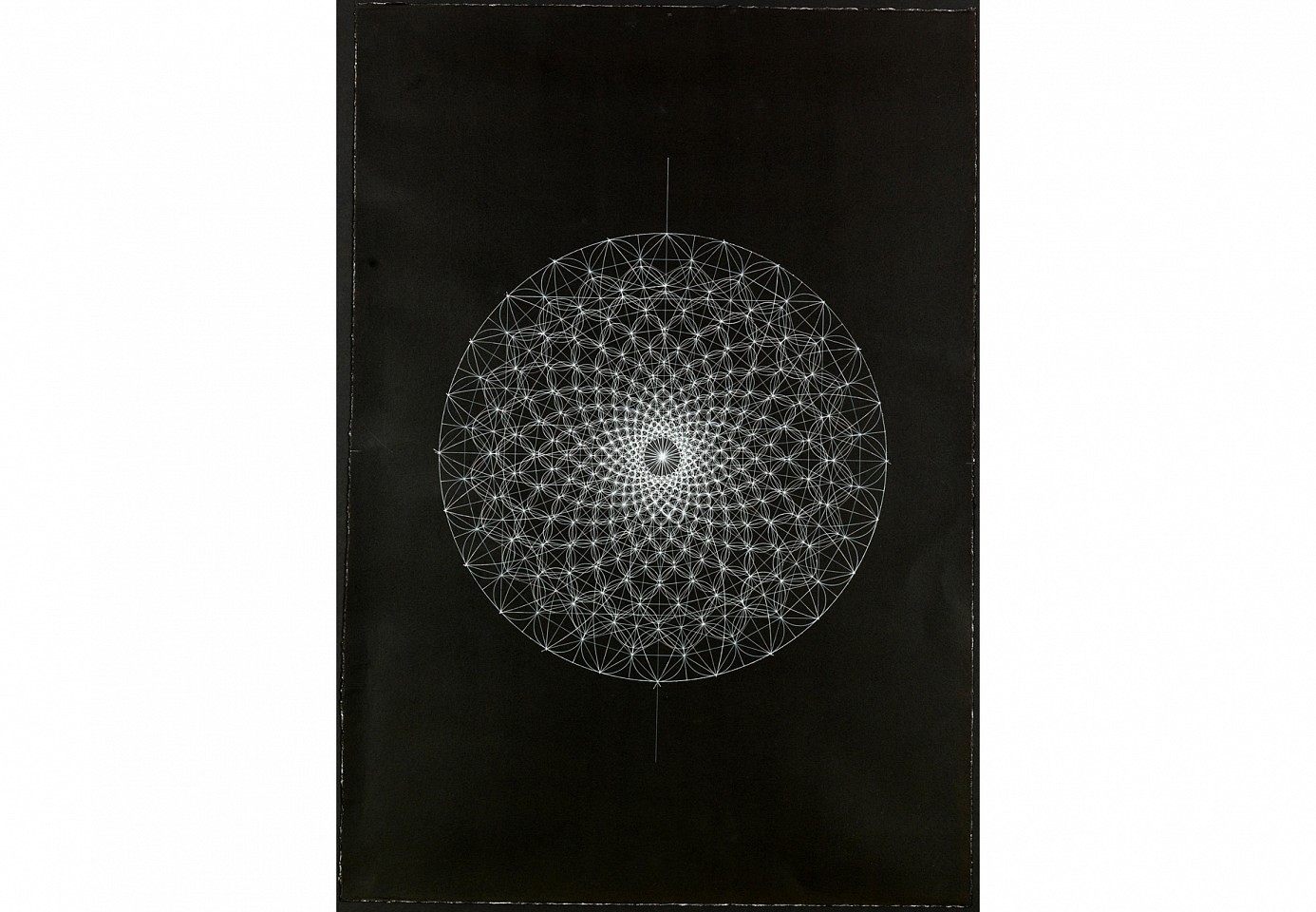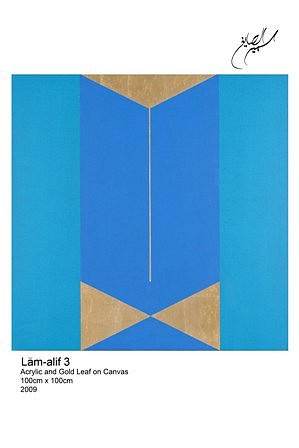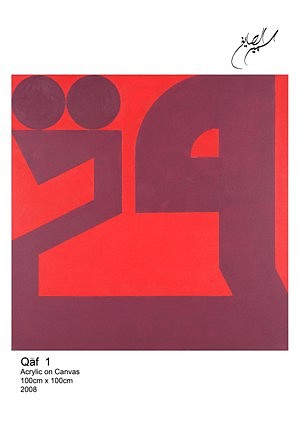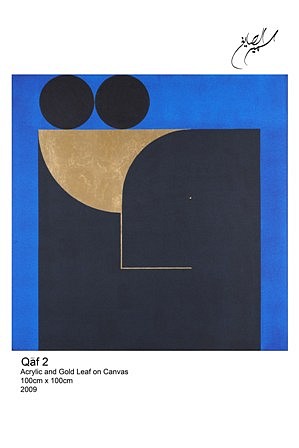Mouneer El Shaarani
And no Sould Laden Bears the Load of Another, 2010
Gouache on Paper
70 x 70 cm (27 1/2 x 27 1/2 in.)
MES0000
Mouneer El Shaarani
Gracious is God with his Servants, 2010
Gouache on Paper
89 x 65 cm (35 x 25 5/8 in.)
MES0001
Mouneer El Shaarani
Hearts do Come to the Fore and do Retreat, 2006
Gouache on Paper
100 x 70 cm (39 3/8 x 27 1/2 in.)
MES0002
Mouneer El Shaarani
The Paths to the Heights are not Hiddan, 2005
Gouache on Paper
80 x 60 cm (31 1/2 x 23 5/8 in.)
MES0003
Mouneer El Shaarani
The Whole Earth is my Homeland and the Human Race is my Clan
Gouache on Paper
100 x 70 cm (39 3/8 x 27 1/2 in.)
MES0004
Hilal Kazan
Lafzatullah, 2012
Traditional Ink, gold and gouache on paper. Jali Diwani style
26 x 35 cm (10 1/4 x 13 3/4 in.)
HIK0005
Hilal Kazan
Muhammad SAW, 2012
Traditional Ink, gold and gouache on paper. Jali Diwani style
26 x 35 cm (10 1/4 x 13 3/4 in.)
HIK0003
Hilal Kazan
Muawwizayen & Surah Qalam (51-52), 2011
Traditional Ink, gold leaf and marbelling on paper. Thuluth and Naskh style
51 x 53 cm (20 1/8 x 20 7/8 in.)
HIK0002
Hilal Kazan
Esma'n-Nebi, 2010
Traditional Ink, gold leaf and marbelling on paper. Thuluth and Naskh style
68 x 53 cm (26 3/4 x 20 7/8 in.)
HIK0000
Hilal Kazan
Esma'ullahi'l-Husna, 2010
Traditional Ink, gold leaf and marbelling on paper. Thuluth and Naskh style
68 x 53 cm (26 3/4 x 20 7/8 in.)
HIK0001
Nja Mehdaoui
Ghubar - Tryptich 1, 2009
Indian ink and acrylic painting on vellum
80 x 13 cm (31 1/2 x 5 1/8 in.)
NJM0004
Nja Mehdaoui
Ghubar - Tryptich 2, 2009
Indian ink and acrylic painting on vellum
80 x 13 cm (31 1/2 x 5 1/8 in.)
NJM0007
Nja Mehdaoui
Gubar - Square 1, 2009
Indian ink and acrylic painting on vellum
40 x 40 cm (15 3/4 x 15 3/4 in.)
NJM0001
Nja Mehdaoui
Gubar - Square 2, 2009
Indian ink and acrylic painting on vellum
40 x 40 cm (15 3/4 x 15 3/4 in.)
NJM0002
Nja Mehdaoui
Gubar - Square 3, 2009
Indian ink and acrylic painting on vellum
40 x 40 cm (15 3/4 x 15 3/4 in.)
NJM0003
Sara Salman
Solar, 2009
Ink on prepared paper
63.5 x 45.5 cm (25 x 17 7/8 in.)
SSA0000
Samir Sayegh
Lam-Alif III, 2009
Acrylic and gold leaf on canvas
100 x 100 cm (39 3/8 x 39 3/8 in.)
SSA0002
Samir Sayegh
Qaf I, 2009
Acrylic on canvas
100 x 100 cm (39 3/8 x 39 3/8 in.)
SSA0004
Samir Sayegh
Qaf II, 2009
Acrylic and gold leaf on canvas
100 x 100 cm (39 3/8 x 39 3/8 in.)
SSA0003
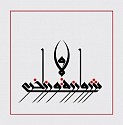






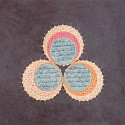





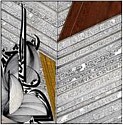





The piece is an interaction of human emotions; a depiction of human intimacy and vulnerability. The geometric shapes tilt at a certain angular corner to represent the exchange of human emotions. A codependent interplay between humans willing to expose the truth hidden behind masks of ego and pride. The piece describes the process of having both trust and courage to reveal the nature of oneself; whether subdued, or vibrant.
Group calligraphy exhibition at Athr Gallery
Participating artists:
Mounir Al-Shaarani
Farah Behbehani
Dr. Hilal Kazan
Dr. Nassar Mansour
Hassan Massoudy
Nja Mahdaoui
Hajji Noordeen Mi Guang Jiang
Dr. Ahmed Mustafa
Samir Sayegh
The first command that God gave the prophet Muhammad (peace be upon him) was “Read”. This command sealed the primacy and importance of the written word in the Islamic religion.
The simplest definition of calligraphy is ‘the art of the written word’. Despite being used secularly in the Islamic world, such as for manuscripts, architectural features and applied arts (metal, ceramic and glass...etc), Arabic calligraphy came to be exalted as a sacred art form due to its role as the visual language of divine revelation – the Koran. Its flexibility of method and ornamental forms came to fill the gap in figural representation and came to be used in all aspects of artistic life and thus, is considered the unifying element of Islamic art.
Since the beginning of the Islamic empire and through to the end of the 19th century, Arabic calligraphy has been on a journey whereby it has been developed, refined and then subjected to experimentation that led to many changes in technique and material, not least due to ever increasing external influences.
This journey of the line of Arabic script continues to this day, and it is the objective of this exhibition to explore the dimensions of Arabic calligraphy in the present moment. Once, the term ‘calligrapher’ applied to only those who had obtained the ijaza and worked strictly within the boundaries of the established schools and styles. Is this definition still fitting? To what extent has this definition changed?
This exhibition does not aim to answer these questions, but merely to raise them. It displays a broad spectrum of ‘contemporary Arabic calligraphic art’ including traditionalist work, which use and preserve authentic methods and techniques; works that completely break free of these boundaries, such as the Hurufiyya school; works that have adapted these traditional styles to a modern aesthetic, and even those that have developed these styles to create new typefaces that mark our present age.
This exhibition hopes to show the remarkable fluidity, adaptability and continuing relevance of Arabic calligraphy to artistic practice today.

